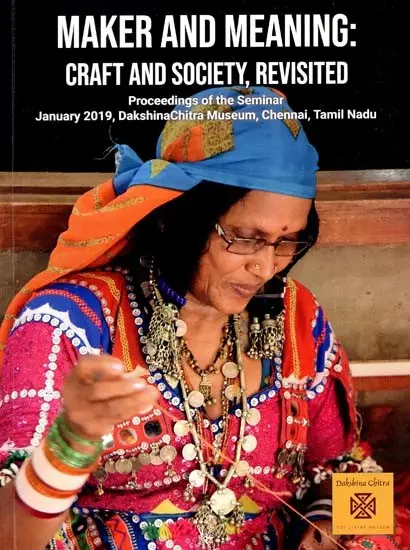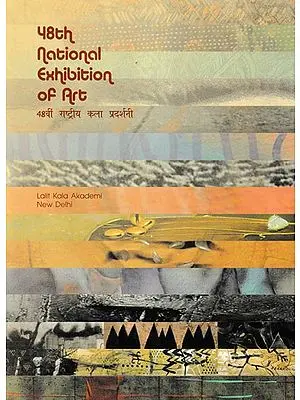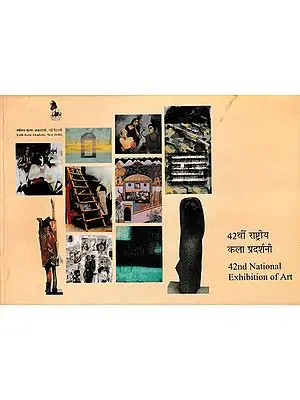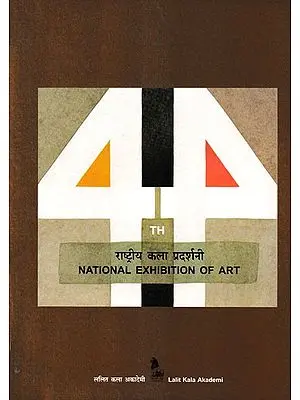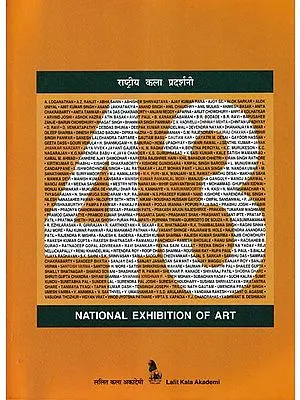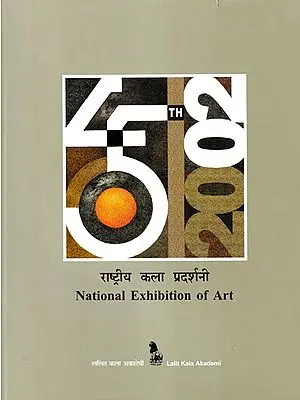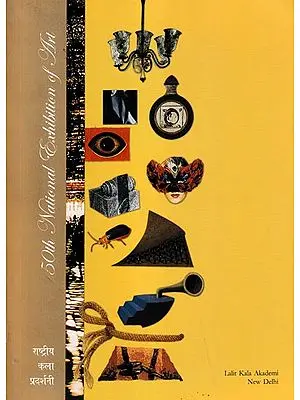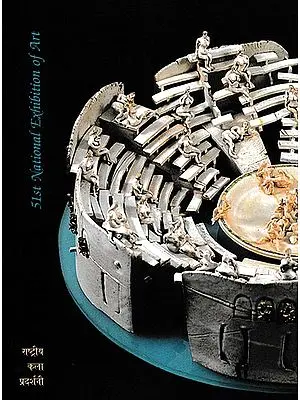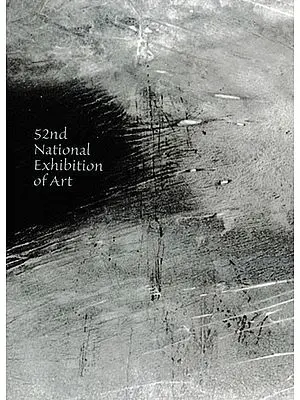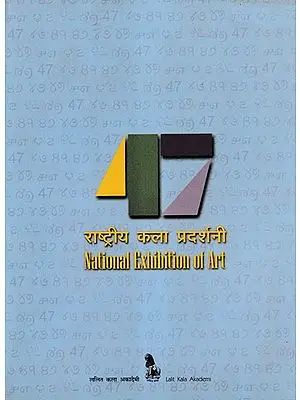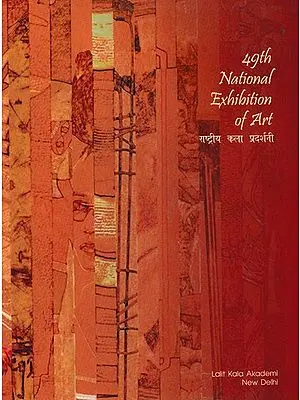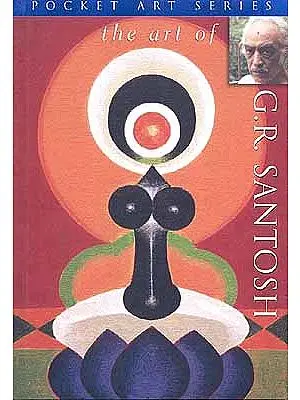Maker And Meaning: Craft And Society, Revisited (Proceedings of the Seminar January 2019, DakshinaChitra Museum, Chennai, Tamil Nadu)
| Specifications |
| Publisher: Madras Craft Foundation, Chennai | |
| Language: English | |
| Pages: 186 (WITH COLOURED Illustrations) | |
| Cover: PAPERBACK | |
| 9.50 X 7.00 inch | |
| Weight 550 gm | |
| Edition: 2019 | |
| ISBN: 9788195264902 | |
| UBD645 |
| Delivery and Return Policies |
| Ships in 1-3 days | |
| Returns and Exchanges accepted with 7 days | |
| Free Delivery |
Stephen Inglis
Participants in the Maker and Meaning seminar in January 2019 revisited themes and issues raised twenty years ago in a seminar at Dakshinachitra and described some of the changes over the two decades since. Their devotion to this sector of society and its contributions to the character of India remain undiminished and the mutual respect of those documenting and encouraging the traditional skills of one of the world's great civilizations was evident.
We offer here presentations made at the seminar, most in their original form rather than edited. This respects the diverse styles and directions taken by various contributors in their own practices.
In addition to the previous participants who also attended this seminar, a significant number of craftspeople, young scholars and students also joined the group, something which offers hope for the continuation of the study of makers. Among the developments and changes that were described by participants was the inevitable preoccupation in the search for new markets. Whereas many makers, even just a few generations ago, worked mainly for their neighbors and communities, today a broader market both at home and abroad among upper middle class consumers is more realistic. Objects that were once part of daily life or annual festival celebration are now also a part of decoration and display, representing tradition, rather than playing an active part in its enactment. Simultaneously, the domestic markets for India's hand-made production, for example in textiles, has subsided after millennia.
The seminar: Maker and Meaning: Craft and Society, Revisited, in January 2019, brought together scholars of craft who had done and continued to do a great deal of fieldwork with crafts groups. The seminar's objective was to look at what changes have taken place with the craft that they had studied over the last 20 years, both in techniques of production, in design and in marketing. Interviews with craftsmen to ascertain their feelings about their craft and its future were also part of the program. The seminar was preceded in the fall by three separate workshops for craftspeople. The results of those workshops are appended.
The seminar raised basic questions. One main question was whether the same incentives and approach should be given to craft with the potential for unusual excellence as for craft which would be low cost, mass produced and sold as souvenirs? Every presenter agreed that excellence in craft is not suited for and cannot be a mass produced article. Large orders strip the craft of its quality, no matter what the craft. Master craftsmen should be honoured for their exceptional abilities, and marketing of their products should command high prices as luxury products of excellence.
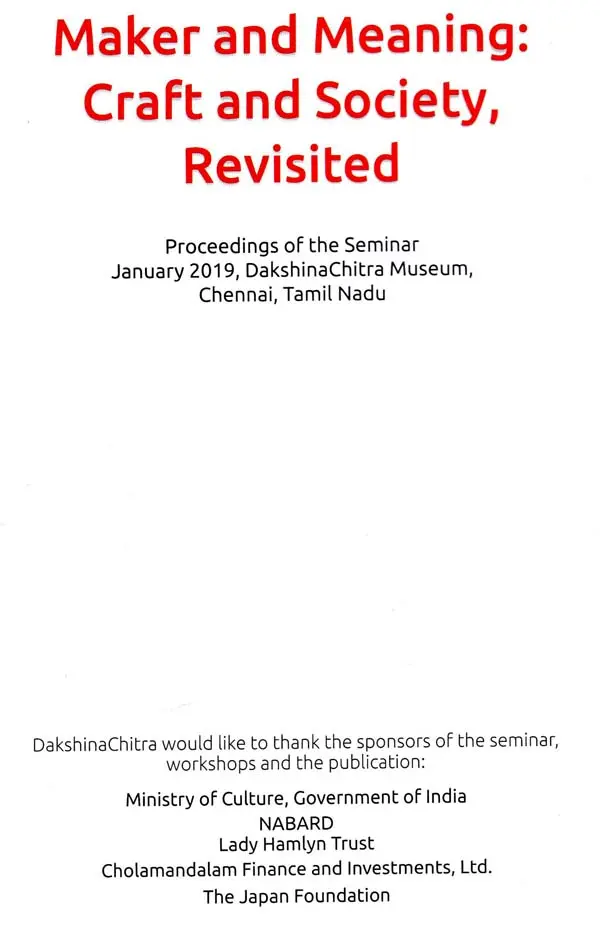


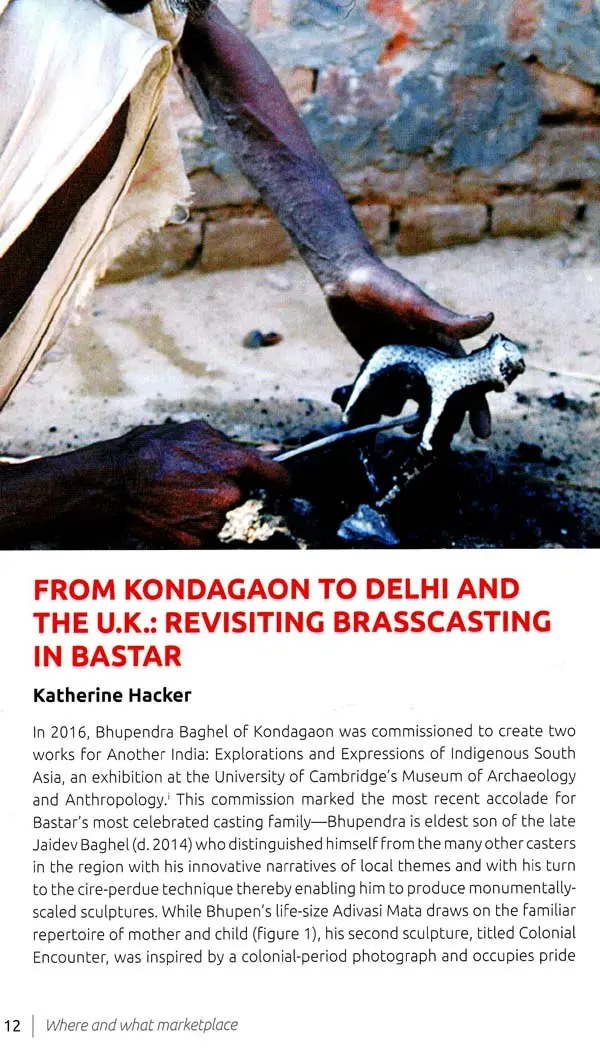

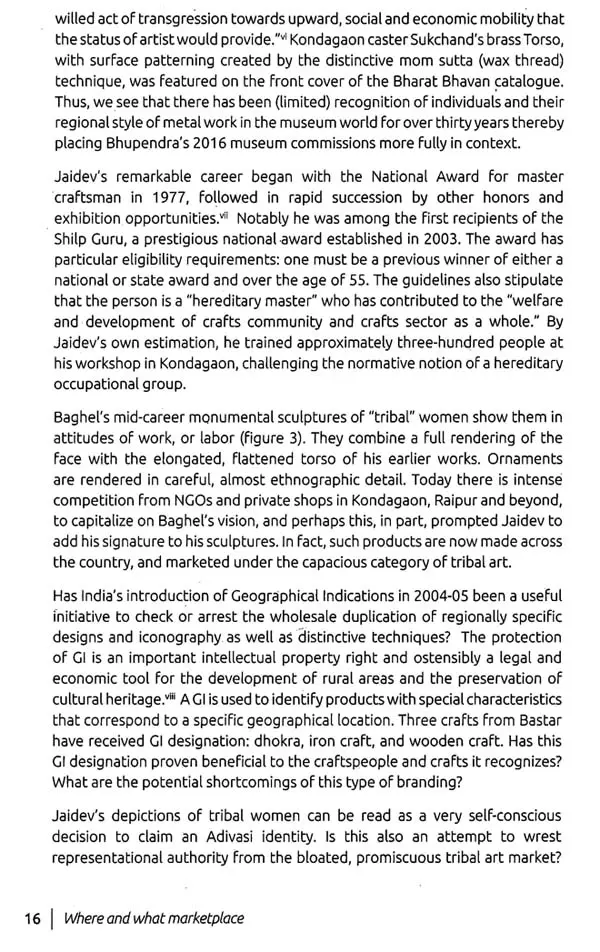



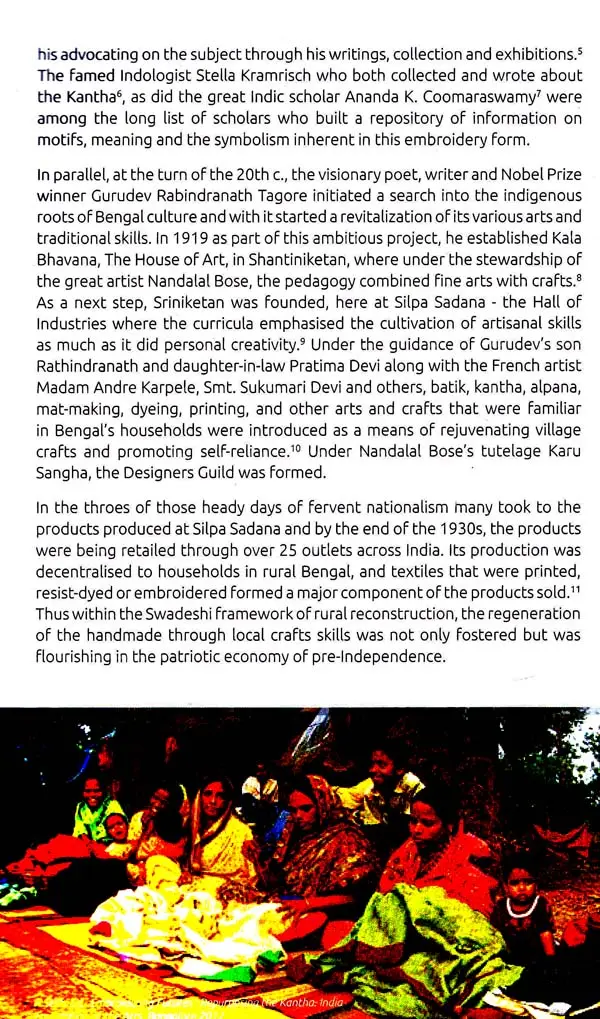

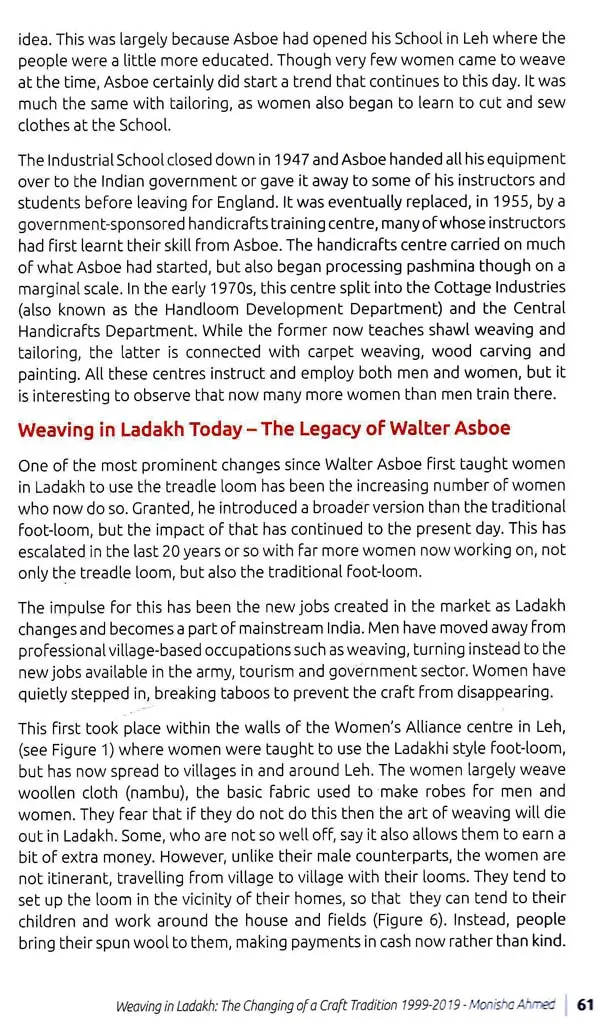
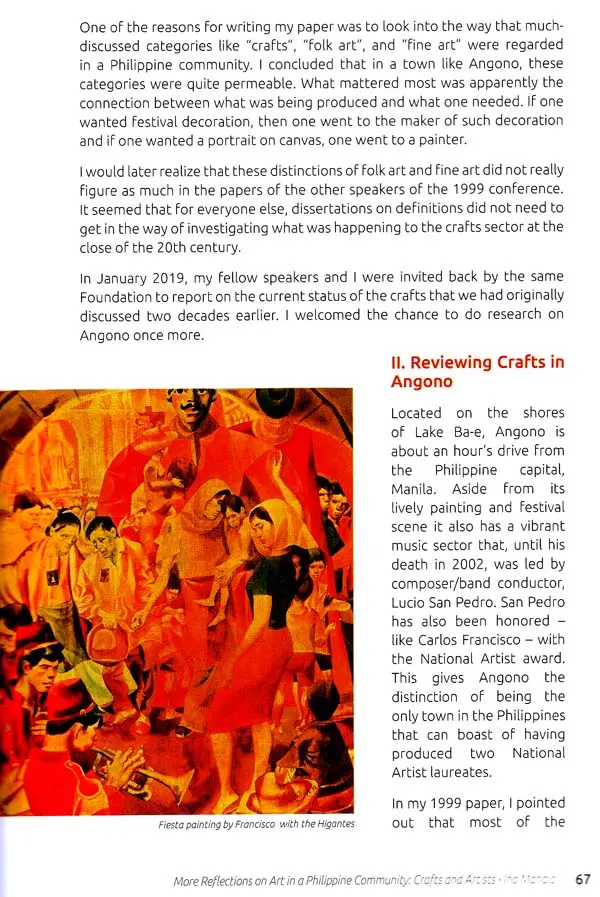
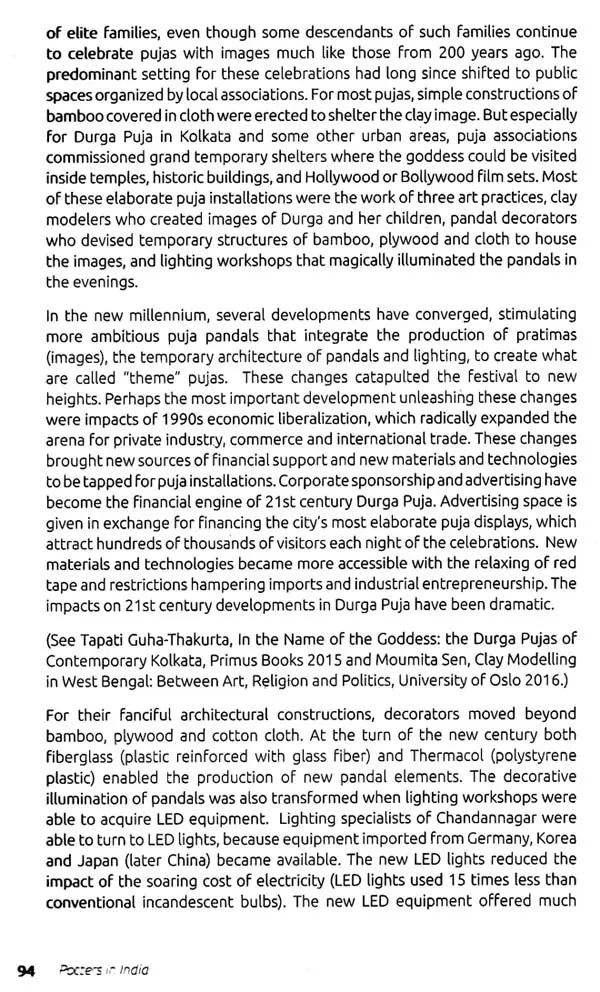

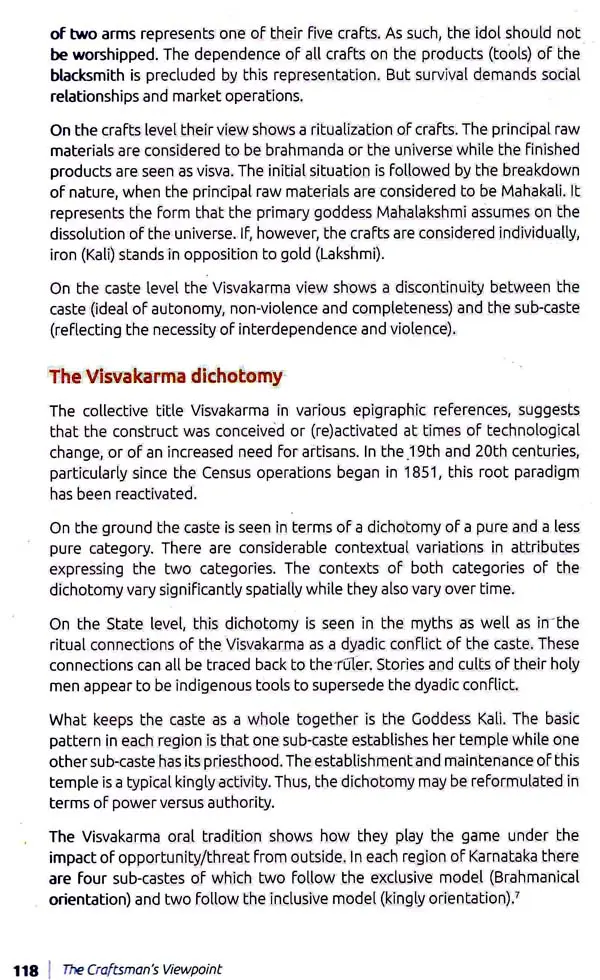

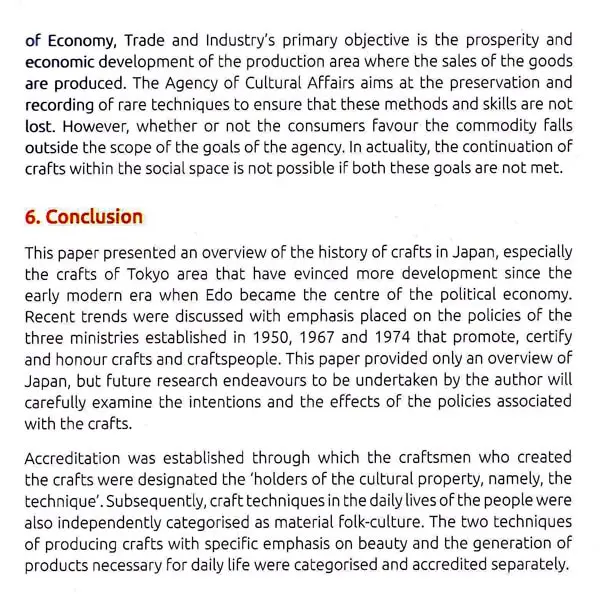
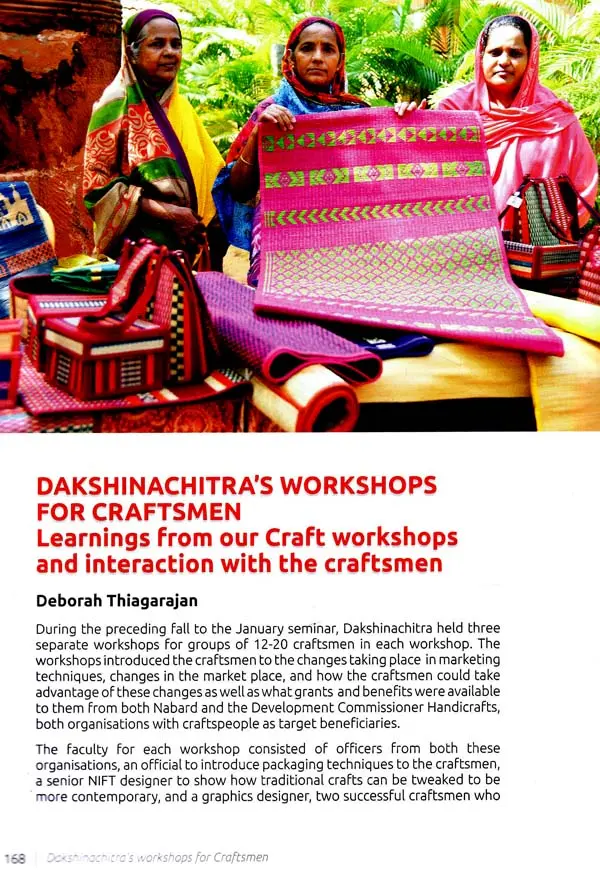

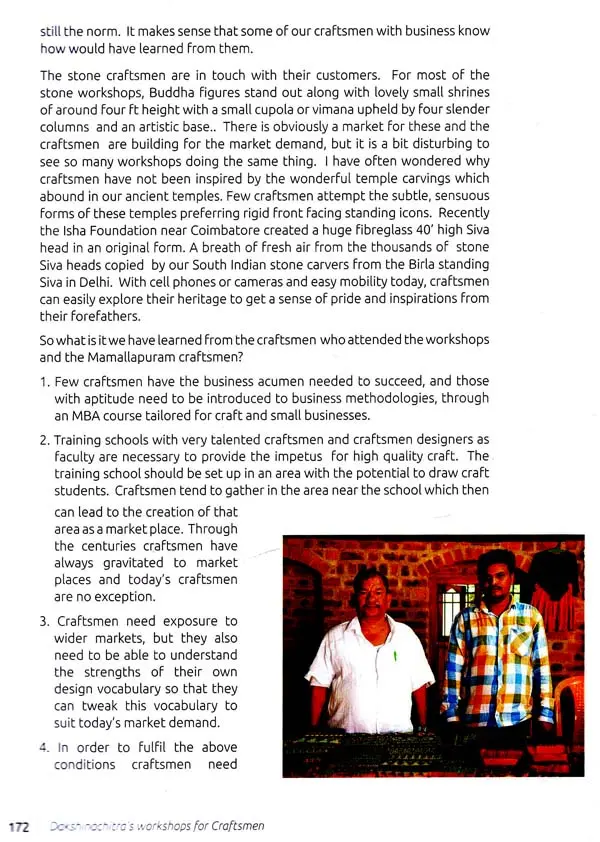
-
Q. What locations do you deliver to ?A. Exotic India delivers orders to all countries having diplomatic relations with India.
-
Q. Do you offer free shipping ?A. Exotic India offers free shipping on all orders of value of $30 USD or more.
-
Q. Can I return the book?A. All returns must be postmarked within seven (7) days of the delivery date. All returned items must be in new and unused condition, with all original tags and labels attached. To know more please view our return policy
-
Q. Do you offer express shipping ?A. Yes, we do have a chargeable express shipping facility available. You can select express shipping while checking out on the website.
-
Q. I accidentally entered wrong delivery address, can I change the address ?A. Delivery addresses can only be changed only incase the order has not been shipped yet. Incase of an address change, you can reach us at help@exoticindia.com
-
Q. How do I track my order ?A. You can track your orders simply entering your order number through here or through your past orders if you are signed in on the website.
-
Q. How can I cancel an order ?A. An order can only be cancelled if it has not been shipped. To cancel an order, kindly reach out to us through help@exoticindia.com.






















